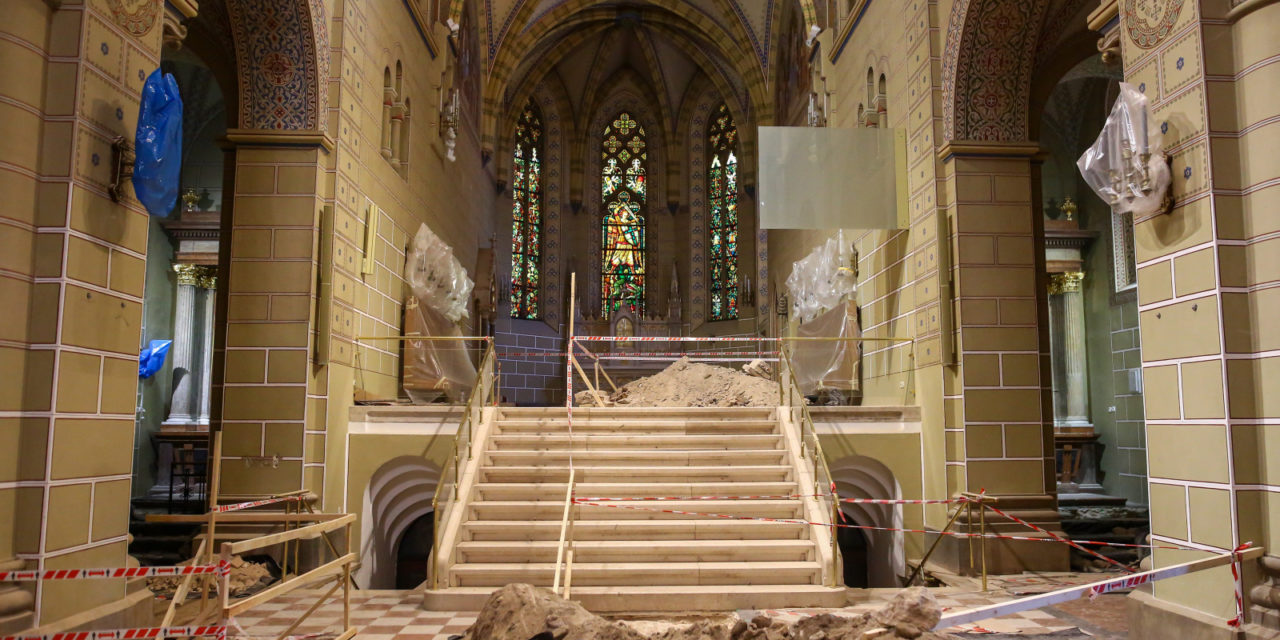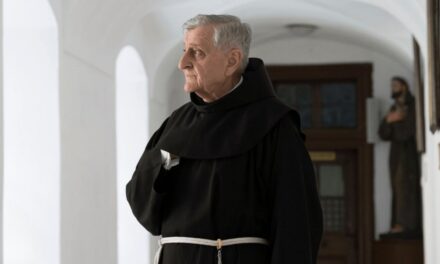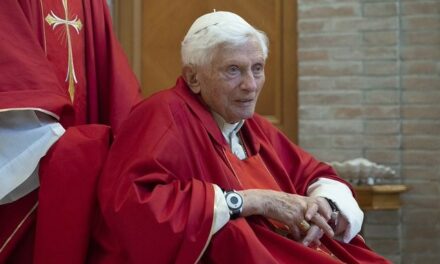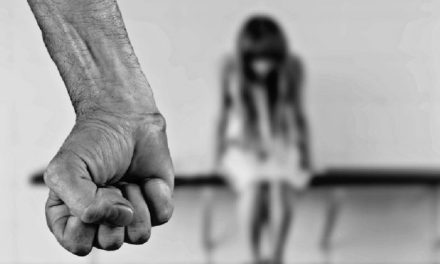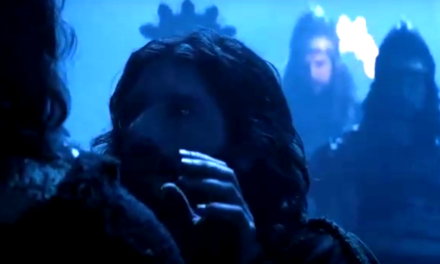Construction work has begun on the investment that is intended to develop Veszprém and the neighboring Balaton region into the European Capital of Culture. On February 4, the works carried out with the support of the government and the strategic partnership of the city and the Archdiocese of Veszprém were presented to members of the press.
The representatives of the press were received on Várhegy in Veszprém, in front of the Archbishop's Palace. The cobbled road will soon be occupied by a multitude of trucks, and the investment will begin to renovate and develop the many church buildings on Várhegy with the support of 39 billion forints from the Hungarian government as part of the Veszprém–Balaton 2023 EKF program.
The city's role in our history was once founded by the episcopal center, and today, in addition to theater, music, literature and visual arts, the preservation of church heritage and its public treasure is a defining element in the cultural aspirations of the Veszprém–Balaton 2023 EKF program.
A press conference on the details of the start of the investment was held in the ceremonial hall of the Archbishop's Palace, in the presence of representatives of the public life of the city and the clergy of the Archdiocese. Tamás Vörös, the chief architect of the Archdiocese of Veszprém, gave information about the planning and research, engineering and artistic activities that have been going on for a year, as well as the construction works that will define the years to come. The dense, multi-layered complex of the Veszprém castle is partially hidden in its elements due to the interweaving of successive destructions and constructions. The discovery of these memories makes it possible to learn about our past and enables us to "continue building the heritage in an understanding way", he said.
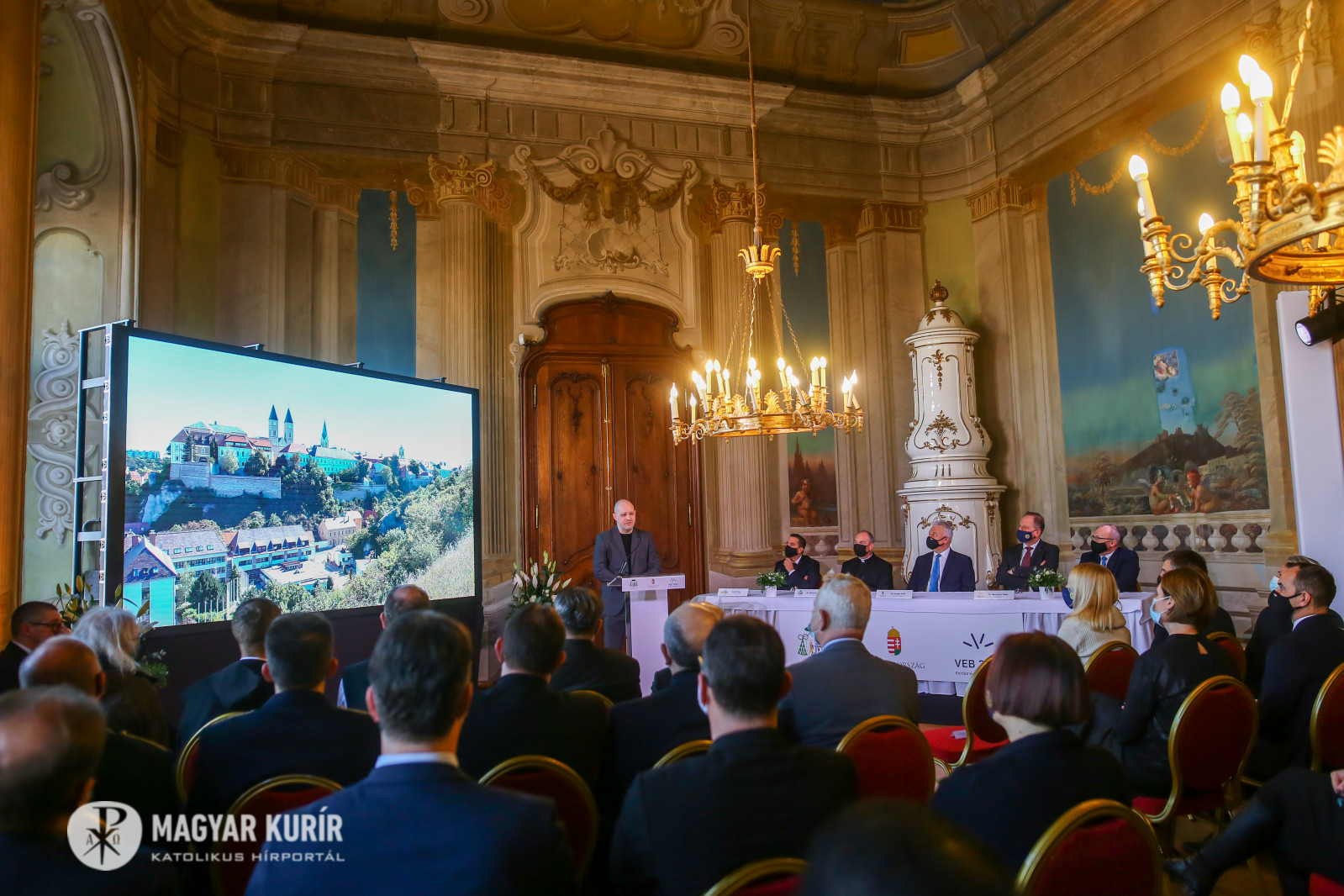
Press conference in the bishop's palace. Source/Hungarian Courier
The vast majority of the ensemble visible today was created in the Baroque period following the Turkish era. The goal of the excavation is the uniform restoration of the 18 listed buildings, as well as the gardens and courtyards surrounding them, and their development into a community facility.
"The faith of our ancestors is the hope of the future," Archbishop György Udvardy quoted from the inscription placed on the altar of the Gizella Chapel in 1938, the year of the International Eucharistic Congress. This sentence represents a creed and a program of action, it expresses who we are now and who we want to be. "We want to preserve the faith of our ancestors, their faith created cultural assets that create community. This is the hope for the future, said the archbishop.
Zsolt Semjén, the Deputy Prime Minister responsible for national policy, church affairs and nationalities, confirmed that the government is committed to the development of the region, the renovation of the castle buildings is a church investment, in fact a huge urban and regional development, which also serves the spiritual, intellectual and economic recovery of the area. According to Zsolt Semjén, the cooperation between those involved will enable the city to once again fulfill the role it has had in history since the time of St. István and Gizella.
Tibor Navracsics, the government commissioner of the Veszprém–Balaton 2023 European Capital of Culture (ECF) program, reminded us that St. Michael's Cathedral and the castle quarter are the starting point of the city's history. The city was home to Gizella, Szent Imre and Sarolt, who defined the intellectual life of our country, but also to the Árpád kings, later Péter Pázmány, Márton Biró Padányi, and then József Mindszenty. "When the castle comes back to life, I trust that the city, the region, the Church, but also the country will gain momentum," the government commissioner highlighted the goal of the program.
Source, featured image and full article: magyarkurir.hu Éva Trauttwein

